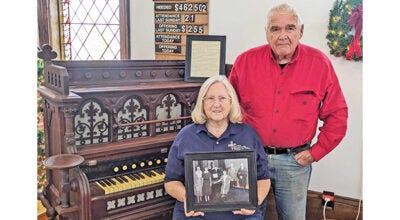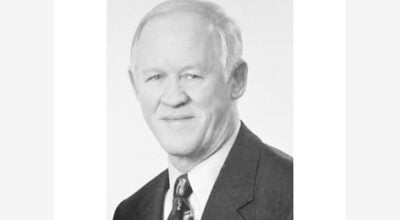Kiesselbach: Socially handicapped artist expresses self
Published 9:47 am Thursday, November 1, 2012
Daniel W. has been producing drawings since he was in grade school. It started with required illustrations for school papers, book reports and homework. It continued with doodling in class while daydreaming through demonstrations and lectures. It became something that was shared to the delight of friends and classmates. Having clear problems with social integration, his drawing continued, and unknowingly became a tool to communicate his feelings. It became a series. It developed into a book. Soon it will be available on T-shirts and coffee mugs. Never believing he was any good at drawing, he has never seen himself as an artist.
“I can’t draw at all,” he told me.
As a youngster, he couldn’t hold scissors or tie his shoes. But he did produce some evocative and compelling illustrations.
I used to wonder what it was about them that drew me in. The magic is clearly there. I think it might be the fact they are pictures that describe the thoughts and feelings of a boy with Asperger’s Syndrome, an autism spectum disorder characterized by significant difficulties in social Interaction.
Like little understood poetry, he drew, day after day, the little ever-observant caricatures of himself with big heads and staring eyes experiencing a host of emotions he could not express. Even the images he drew barely show emotion. But the captions explain the situations; and the images, like the Mona Lisa, hint at corresponding feelings.
Like Daniel, many kids with Asperger’s are brilliant but have restrictive interests and routines. Daniel loves words and language and writing. Having had an unusually sophisticated vocabulary when he was very young,
Daniel had learned early to condense a lot of words into a few, perfect words.
He did this initially as a way to completely answer a question while writing the fewest words because writing was a physical struggle. Add a drawing, and he could communicate much when showing them to friends.
Asperger syndrome came to be in 1981 (only becoming a standard diagnosis in the early 90s), the same year Daniel came to be. You might say they grew up together. You might say they became best friends. Born with a limited ability to see the big picture, the small picture is all there is for Daniel; that, and chronic insomnia, worrying about everything and anything, and being sometimes inexplicably depressed. He worries that his neurodiversity has let people down who expected so much from him and his big brain. Co-morbid psychiatric conditions and social isolation are lifelong challenges for him and many other “Aspies.” Fortunately for him, he will tell you, the Colts are televised — he does not enjoy crowds.
Asked what his plans are for the future, Daniel expresses simple goals like owning a traditional Japanese bed, having a place of his own, maybe working in a phone store some day. He is brilliant, funny, interested, well read and handsome. But one only wonders how he will manage to leave his routines: his need to check political reports hourly, to complete a lengthy shower and shave routine, and how he will ever be on time for anything.
I continue to see the immense importance of art in the world, what comfort it brings to the artist, and what depth of information it brings the viewer if only they listen. A pencil and paper are all you need. Take an hour this week and go see the work of an artist at a gallery in your community. And know that if you have something to say, some of us will listen.





